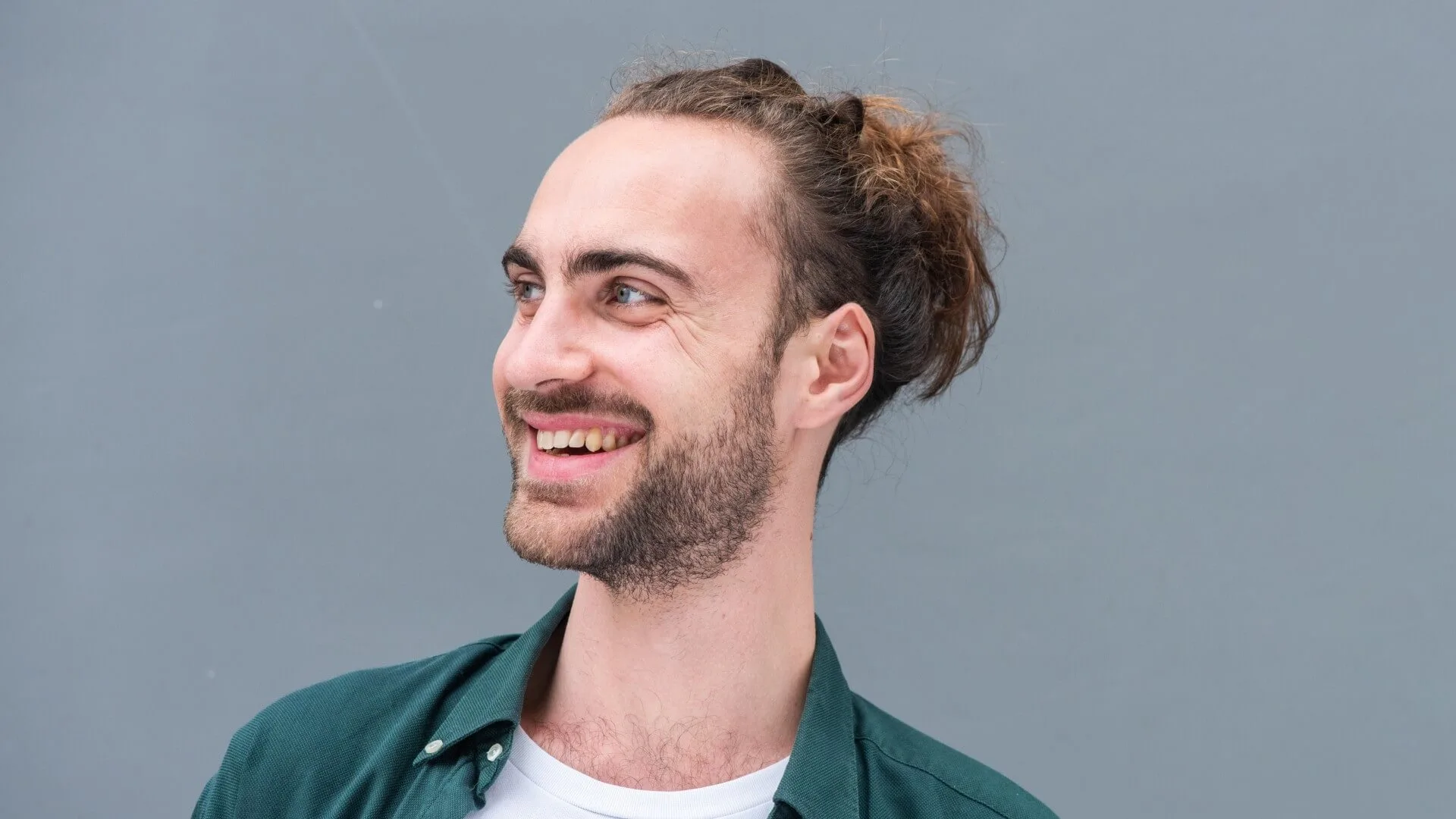A double chin, medically referred to as submental fat accumulation, can significantly affect facial aesthetics. Excess fat, sagging skin, or a combination of both under the chin and along the neck can give the face a heavier, older, or less defined appearance. While diet and exercise can help overall fat reduction, the area under the chin is notoriously resistant to traditional weight loss methods. Genetics, aging, and lifestyle factors also play key roles in the formation of a double chin.
This aesthetic concern is common across all ages and can affect self-confidence, personal and professional interactions, and how individuals perceive themselves in photographs or social settings. Fortunately, advanced aesthetic medicine techniques provide multiple effective solutions for addressing submental fullness and sculpting a more youthful, defined jawline.
What Is Double Chin Surgery?
Double chin surgery encompasses procedures that remove excess fat, tighten sagging skin, and refine the contour of the neck and jawline. The two most commonly combined procedures are chin liposuction and a neck lift.
- Chin Liposuction: Targets fat cells in the submental area to reduce fullness and contour the jawline.
- Neck Lift: Repositions muscles and removes excess sagging skin for a firmer, more defined profile.
These procedures are often customized based on the patient’s anatomy and desired results, ensuring a natural, harmonious appearance. Double chin surgery is not just about aesthetics—it also has functional benefits. By removing excess skin and fat, patients often experience improved comfort in movement and clothing fit.
Causes of Double Chin
Several factors contribute to the appearance of a double chin:
- Genetics: Family history plays a significant role. Some people inherit a predisposition to store fat in the submental region.
- Aging: Over time, skin loses elasticity, and fat may accumulate, leading to sagging under the chin.
- Weight Gain: Although not the sole cause, excess weight can exacerbate the appearance of a double chin.
- Posture and Muscle Weakness: Poor posture or underdeveloped neck muscles can worsen sagging in the chin area.
Understanding the underlying causes helps surgeons determine whether liposuction, skin tightening, or a combination is most appropriate.
Who Is a Good Candidate?
Ideal candidates are patients who:
- Have excess fat or sagging skin under the chin.
- Are in good overall health, free from conditions that may impede healing.
- Have realistic expectations about outcomes.
- Are non-smokers or willing to quit smoking before surgery, as nicotine can delay healing.
Candidates may range from young adults with stubborn genetic submental fat to older patients experiencing skin laxity due to aging. In many cases, combining chin liposuction with a neck lift provides the best results.
The Double Chin Surgery Process
Preoperative Preparation
Before surgery, a thorough consultation is conducted. During this stage:
- Facial Assessment: Surgeons analyze fat distribution, skin elasticity, and overall facial proportions.
- Medical History Review: Identifies potential risks, medications, allergies, or chronic conditions.
- Photographic Documentation: Used for preoperative planning and postoperative comparison.
- Personalized Surgical Plan: Surgeons discuss whether liposuction, a neck lift, or a combination is most suitable.
Patients are instructed to avoid smoking, alcohol, and certain medications like aspirin or anti-inflammatory drugs that increase bleeding risk. Maintaining hydration and a healthy diet optimizes healing and recovery.
During Surgery
Double chin surgery is generally performed under local anesthesia with sedation or general anesthesia, depending on the patient’s age and comfort level. The procedure involves:
- Small Incision: Typically placed under the chin or behind the ears for discretion.
- Liposuction: A cannula is inserted to gently remove excess fat. Techniques may include:
- Tumescent liposuction: Uses a numbing solution to minimize pain and reduce bleeding.
- Ultrasound-assisted liposuction (VASER): Dissolves fat using ultrasonic energy for precise sculpting.
- Laser-assisted liposuction: Provides both fat removal and skin tightening benefits.
- Neck Lift (if needed): Tightens underlying muscles and removes excess skin for a smoother contour.
- Closure and Bandaging: Dissolvable sutures are commonly used, and compression garments support the new contour.
The total procedure usually lasts 1–2 hours, depending on the complexity and whether multiple techniques are combined.
Postoperative Recovery
Recovery is gradual but manageable:
- Immediate Recovery: Patients spend a short period in a recovery room while vital signs are monitored.
- Home Care: Bandages and compression garments are worn for 1–2 weeks.
- Daily Activities: Most patients resume light daily activities within 3–4 days.
- Full Recovery: Swelling and bruising typically subside within 2–4 weeks, while final results appear after 1–3 months.
- Follow-Up Visits: Surgeons monitor healing and remove non-dissolvable sutures if necessary.
During recovery, patients are advised to avoid strenuous exercise, contact sports, or heavy lifting for at least 3–4 weeks. Sleeping with the head elevated helps reduce swelling and promotes faster healing.
Types of Implants or Fat Transfer (Optional Enhancement)
While most double chin surgeries rely on fat removal and skin tightening, some patients may choose:
- Fat Grafting: Harvesting fat from another area and reinjecting it to enhance chin or jawline definition.
- Chin or Jawline Implants: Provide additional projection and structure for patients with recessed chins.
These options are considered on a case-by-case basis and often combined with liposuction for maximum contouring.
Risks and Complications
Double chin surgery is generally safe when performed by an experienced plastic surgeon. Potential risks include:
- Temporary Swelling, Bruising, or Numbness: Common and usually resolves within weeks.
- Infection or Poor Wound Healing: Rare but possible; minimized through sterile technique and antibiotics.
- Asymmetry: Slight differences may occur if fat removal or skin tightening is uneven.
- Loose Skin: Patients with poor skin elasticity may require additional procedures or skin treatments.
Choosing a board-certified surgeon and adhering strictly to pre- and post-operative instructions reduces these risks.
Choosing the Right Surgeon
The right surgeon significantly affects outcomes. Tips include:
- Board Certification: Ensures training and adherence to safety standards.
- Experience: Look for surgeons with expertise in facial contouring and double chin procedures.
- Before-and-After Photos: Demonstrates surgical skill and expected outcomes.
- Clear Communication: The surgeon should explain risks, recovery, and realistic results.
- Accredited Facility: Ensures proper equipment, sterilization, and emergency preparedness.
Longevity of Results
Results from double chin surgery are long-lasting:
- Permanent Fat Removal: Once fat cells are removed, they do not return.
- Lifestyle Maintenance: Weight gain can affect remaining tissues, so maintaining a stable weight preserves results.
- Skin Elasticity: Proper skin care, hydration, and sun protection enhance longevity.
Combining Double Chin Surgery with Other Procedures
Double chin surgery can complement other facial procedures for overall rejuvenation:
- Chin Augmentation: Enhances jawline projection and balance.
- Neck Liposuction: Further defines neck contours.
- Facelift: Reduces sagging in the midface and neck.
- Rhinoplasty: Balances facial proportions, emphasizing harmony with the jawline.
Strategically combining procedures can reduce overall recovery time and provide more dramatic, harmonious results.
Common Myths About Double Chin Surgery
- “Only overweight people get double chins.” Genetics, aging, and skin elasticity play significant roles.
- “Losing weight alone will fix it.” Submental fat often resists diet and exercise.
- “Surgery leaves obvious scars.” Incisions are discreetly placed and typically heal invisibly.
- “Recovery is painful and long.” Modern techniques minimize pain, and most patients return to normal routines within days.
- “It’s only for women.” Men frequently undergo double chin procedures to improve jawline definition.
Frequently Asked Questions (FAQ)
Can a double chin return after surgery?
Once fat cells are removed, they do not grow back. However, significant weight gain can alter the appearance, and skin laxity may develop with aging. Maintaining a stable weight and healthy lifestyle helps preserve results.
How much fat is removed during surgery?
The amount varies per patient and is tailored to achieve a natural, harmonious result. Excessive removal can lead to unnatural contours, so surgeons focus on precision and proportionality.
How painful is recovery?
Most patients report mild to moderate discomfort, manageable with over-the-counter pain medications. Swelling, bruising, and tightness are expected but subside within 1–2 weeks.
Will I need stitches removed?
Many surgeons use dissolvable sutures that do not require removal. Non-dissolvable sutures, if used, are typically removed within 5–10 days.
When can I resume exercise?
Light activity is often permitted after 3–4 days. Strenuous exercise, heavy lifting, or contact sports should be avoided for at least 3–4 weeks to prevent complications.
Can double chin surgery be combined with lip fillers or Botox?
Yes. Many patients opt for jawline enhancement or neck Botox post-surgery to refine contours and reduce muscle tension for a more sculpted look.
Are the results natural-looking?
When performed by an experienced surgeon, results are subtle, proportional, and enhance facial harmony without appearing “overdone.”
Is double chin surgery safe for older adults?
Yes. Older patients may have looser skin, so combining liposuction with a neck lift or skin-tightening procedures often yields the best outcomes. Preoperative evaluation ensures safety.
Are there nonsurgical alternatives?
Nonsurgical options, such as Kybella (deoxycholic acid injections) or Ultherapy, reduce small amounts of fat or tighten skin. However, these methods are often less effective for significant submental fullness.




